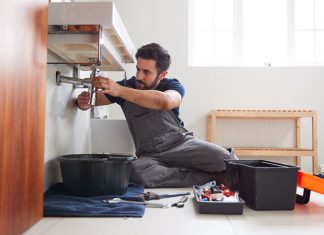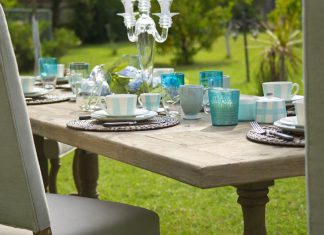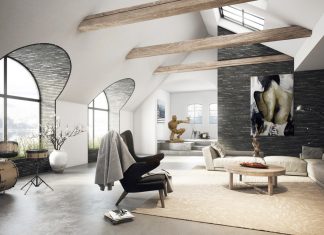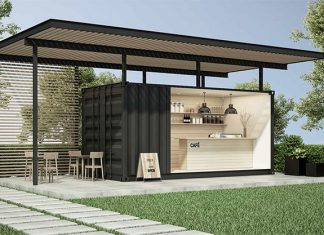Steel is a widely used material in the construction industry today, and its durability, strength, and affordability make it a popular choice for building structures of all kinds.
However, designing a steel structure requires careful consideration of several factors to ensure that the final product meets the intended purpose and remains safe for occupants. Here are four key factors to consider when designing a steel structure using steel building packages.
Load-Bearing Capacity
Several factors determine the load-bearing capacity of a steel structure. These include the dimensions of the structure, the configuration of the steel members, and the quality of the steel itself. Engineers must consider all of these factors when designing a steel structure and calculate the maximum load the structure can bear.
One of the great considerations is the weight of the structure itself. This includes not only the weight of the steel members but also any additional materials, such as concrete or roofing materials. Engineers must also consider the potential loads that the structure will bear during its lifetime, such as the weight of occupants, equipment, and other factors.
Environmental Factors
The environment in which a steel structure is located can significantly impact its design. For example, structures in areas with high winds or heavy snow loads will require additional support to prevent collapse. Structures located in areas with high levels of humidity or saltwater exposure may be vulnerable to corrosion and rust, which can compromise their structural integrity over time.
Engineers may need to incorporate additional design elements such as weather-resistant coatings, specialized fasteners, or reinforced structural elements to mitigate these environmental factors. In some cases, it may be necessary to use materials such as stainless or galvanized steel to provide additional protection against corrosion.
Aesthetics
Aesthetics are an essential consideration when designing a steel structure. The appearance of the structure can have a significant impact on its value, as well as its use. For example, a building with an eye-catching design may be more attractive to tenants or buyers, which can increase its value.
There are many ways to enhance the aesthetics of a steel structure. The use of colour, texture, and finishes can all play a role in creating a visually appealing structure. In addition, the shape and configuration of the steel members can be used to create unique and exciting designs.
When creating a steel structure, it is crucial to consider the design’s functional and aesthetic aspects. The structure must be safe, functional, and visually appealing to meet the needs of the intended users.
Budget
Finally, the budget is a critical factor to consider when designing a steel structure. The cost of materials, labour, and other expenses can vary widely depending on the size and complexity of the structure, as well as the location of the project.
To keep costs under control, it is vital to plan the project carefully and to work with a reputable supplier of such building packages. A good supplier can help you to identify cost-saving measures and to ensure that the project is completed within budget.
Designing a steel structure requires careful consideration of many factors, including load-bearing capacity, environmental factors, aesthetics, and budget.
Considering these factors, you can ensure that your steel structure meets its intended purpose, is safe for occupants, and is aesthetically pleasing. With the help of a reputable supplier of steel building packages, you can achieve your design goals and create a steel structure that will serve your needs for years to come.















